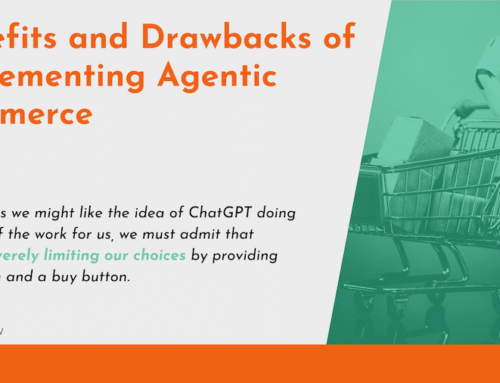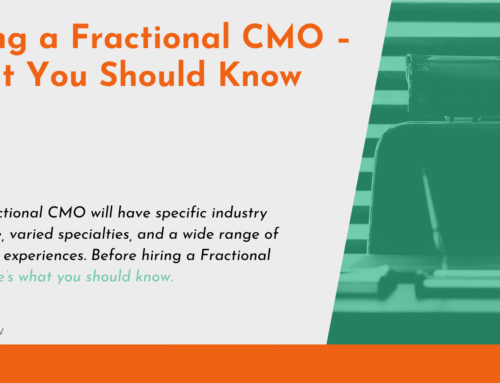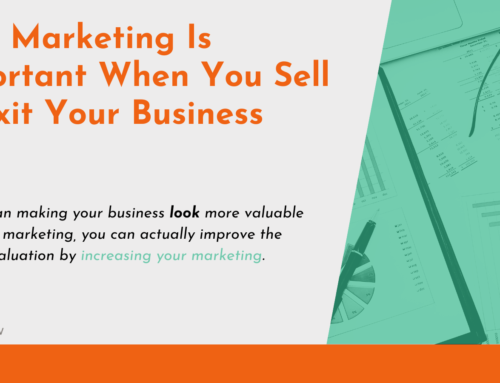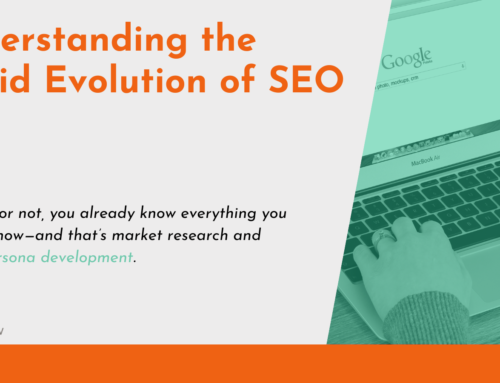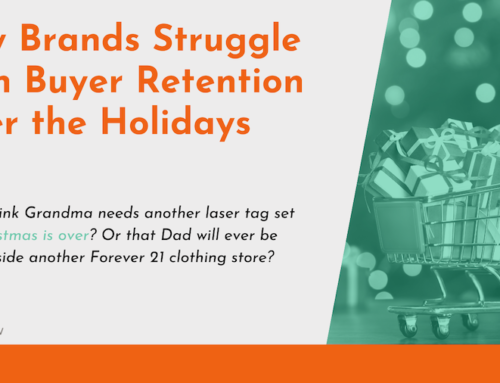
We know influencer marketing works; we also know why it works. Word of mouth is powerful, even when those words come from someone we only know on social media. However, influencer marketing often brings to mind recipe videos, makeup tutorials, fashion subscription unboxing videos, and other consumer-focused marketing content. For that reason, B2B brands may believe influencer marketing simply isn’t designed for B2B marketing campaigns.
When used correctly—that is to say, not in the same way that B2C brands use influencer marketing—it absolutely can be a powerful marketing tool as part of your overall strategy. You can’t simply plug-and-play an influencer campaign that worked for a consumer brand and expect similar results. Here’s what you need to know.
Expertise Is Crucial
Many B2B buyers are already experts in their field. They’re not likely to seek out influencers with hundreds of thousands of followers to determine which programs, services, software, or equipment to use. They will, however, consider the opinions of other experts.
When using B2B influencer marketing for your brand, immerse yourself in the target audience you want to reach. Who are the customers? Who are the prospects? When you know this, learn whose opinions matter to this audience.
Before you seek out people you don’t yet know to become a mouthpiece for your business, look first among your current advocates. Advocates are those who have touted your brand and shared their experiences without any kind of contractual agreement—they do it simply because they like you.
The follower count for these potential influencers will likely be lower than expected, and that’s actually a good thing. You can be certain that your chosen influencers are reaching the exact people who are most likely to make a purchase, and that’s more valuable than reaching thousands of people who have no bearing on your bottom line.
Exchange Value for Exposure
These advocates and influencers may not even realize the power they wield when it comes to driving interest toward your brand. In many cases, they may be willing to share their opinions without any exchange of value. However, you might consider offering something they would appreciate even more than monetary compensation—something they can also report on while learning even more about your brand.
Some exchanges could include free attendance to a conference or convention to learn more about your brand’s products, advance access to new services or products before the buying public can purchase, invitations to focus groups or brainstorming sessions to give their opinions on forthcoming offerings from your company.
Of course, monetary compensation should always be offered, too. Just keep in mind that extraordinary access to your knowledge base could be exactly what the right influencer is looking for.
Learn Where Your Buyers Live Offline and Online
It’s easy enough to assume that LinkedIn is where your influencers will reach the biggest audience, but you can’t stop there. Remember that, while your target audience may be more likely to buy if they’re already in work mode when they see your content, they do spend time on other social media platforms throughout the day. As of November 1, 2021, more than 2.9 billion people are active users of Facebook, so your audience can certainly be found there. In fact, your most valuable influencer may have more clout on Facebook or Instagram than they do on LinkedIn, and that’s okay.
The content shared from influencers should also take geographic elements into account. The relationships formed in various parts of the United States are different—consider how the culture of the Southeast might affect the reception of an influencer as opposed to the culture of workspaces in the Northeast. When you consider how different these may be within our own country, you realize how vast the differences may be if your brand is international.
Choose influencers who can connect with the individual cultures where your brand is represented. Again, this may involve smaller audiences for each influencer, but you’re more likely to make stronger connections with those who view the content.
Increase Your Time Horizons
In general, B2B purchasing decisions are much larger than consumer purchasing decisions. The choice to buy new software or office equipment requires more research, a larger budget, and, in many cases, inclusion of multiple decision-makers than, say, a new television or pair of shoes. For that reason, marketers should expect the time between beginning a campaign and seeing results to be much longer than B2C efforts.
B2C influencer programs might return results in a month or less. For larger B2B purchases, you may not see results for up to six months. Maintaining your course is crucial, as giving up before results roll in could erase any traction you’ve gained, making the entire campaign useless.
To explore B2B influencer campaign options, don’t hesitate to reach out. We’re here to help.

